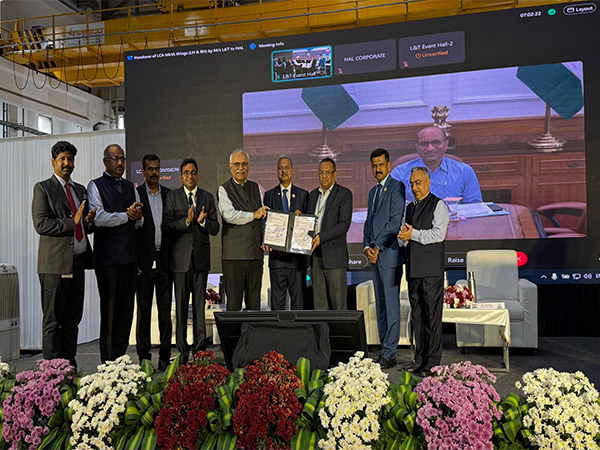Green energy can generate USD 90-100 bln revenue in Southeast Asia by 2030: Report
Aug 25, 2023

Jakarta [Indonesia], August 25 : Southeast Asia’s growing solar photovoltaic (PV) cells, battery, and electric two-wheeler industries present an estimated USD 90 billion to USD 100 billion revenue opportunity by 2030, with a potential 6 million renewable energy jobs to be created by 2050, according to a new report.
The new report, 'Renewable Energy Manufacturing: Opportunities for Southeast Asia', was released on Thursday on the sidelines of the ASEAN Finance Ministers and Central Bank Governors Meeting by the Asian Development Bank (ADB), Bloomberg Philanthropies, ClimateWorks Foundation, and Sustainable Energy for All (SEforALL).
The report explored how to support the development of the clean energy manufacturing sector in Southeast Asia and help countries reap its immense economic potential while mitigating the impacts of climate change.
“Collaboration at the regional level is also essential to provide further support through the deepening of intraregional trade,” ADB said in a release.
The report identified potential ambition and outcomes for Southeast Asia to achieve the following -- grow solar PV manufacturing capacity in modules from 70 GW to 125 – 150 GW by 2030; develop a regional battery manufacturing value chain, increasing national and regional demand, and establish Southeast Asia as a regional and global export hub, producing 140–180 gigawatt-hours (GWh) of battery cells by 2030; and expand assembly capacity for electric two-wheelers (E2W) in Southeast Asia from 1.4 to 1.6 million units annually to approximately 4 million units by 2030.
"As we often say in ADB, the battle against climate change will be won or lost in Asia and the Pacific. A decisive front in that battle is Southeast Asia,” said ADB Sectors Group Director General and Group Chief Ramesh Subramaniam.
“This research shows the promise of renewable energy manufacturing—with policy, technical, and financing support—in helping the region's developing countries to transition away from coal-based energy, while lowering carbon emissions, expanding local industrial capabilities, spurring job creation, and driving long-term economic growth,” Subramaniam added.




















